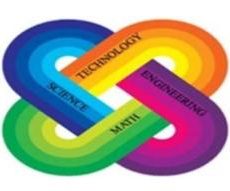As shown in the image below, binding is the first step in a process of viral proliferation that may have led to the worst pandemic in living memory. SARS-CoV-2 is able to attach itself to Human Cells almost like a key fitting into a lock.
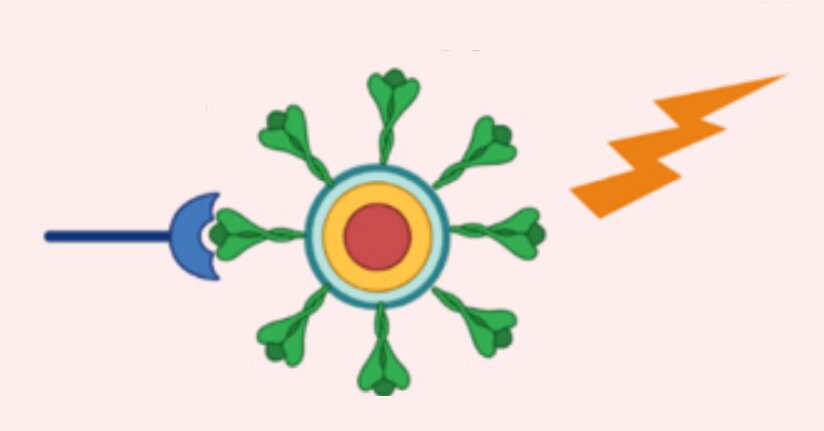
The “spike” is a protein on the SARS-CoV-2 virus that is widely recognized as the primary weapon of attack for mobilizing its viral DNA into a host cell. The ACE2 receptors are human cell proteins that effectively open the door for this attack. Using bioengineered quantum dots, Gorshkov and Eunkeu Oh at the Naval Research Laboratory (NRL) in Washington, D.C., and their colleagues were able to image the binding and subsequent internalization that takes place when ACE2 and the spike protein interact. “You can actually see that happen in real-time,” adds Gorshkov, “That’s the beauty of this assay and that’s why we think it will be important for drug screening.”
A virus cannot reproduce without enrolling a host cell, so researchers around the globe have been working to understand how SARS-CoV-2 interacts with and penetrates cells with the aim of blocking this stage and preventing the onset of COVID19.
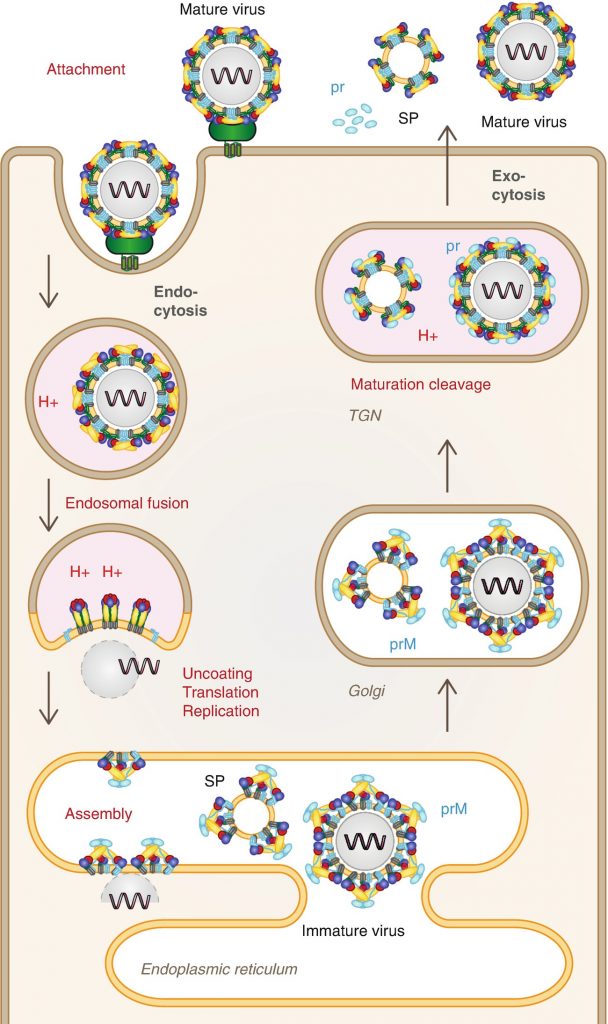
Gorshkov and his colleagues at NCATS were already working on various imaging assays for cancers, viruses and lysosomal storage diseases, “but when coronavirus hit, we quickly had to shift gears,” says Gorshkov.
Prior SARS research (2002) had highlighted the importance of interactions with ACE2 in human cells for the spread of this kind of virus, and they were already able to tag these receptor proteins with a green fluorescent protein to image their movements.
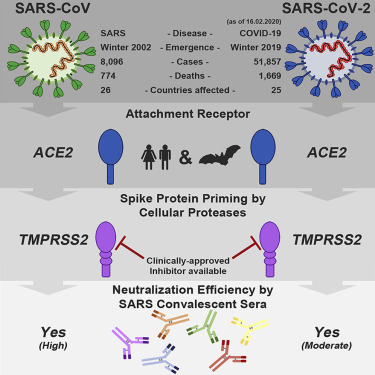
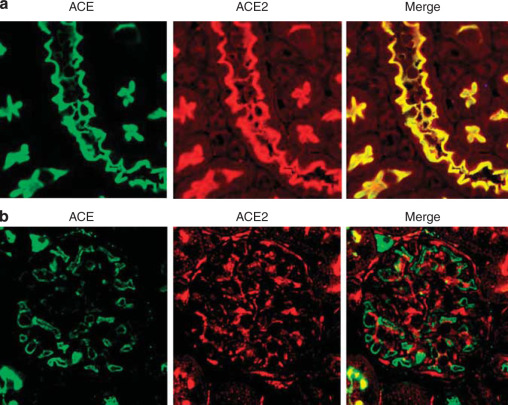
Evidence was also accumulating to pinpoint the specific spike proteins on SARS-CoV-2 that might be locking ACE2 into a stronghold so that the virus can enter the cell. However, information on spike protein interactions has mostly accrued indirectly from biochemical or proximity assays and tests with proteins and parts of proteins taken from the virus—”pseudo-viro-particles.” With no fluorescent labeling of these viral proteins, their role in the ACE2 receptor binding and subsequent internalization—endocytosis—continued to play out effectively under cover of darkness to imaging.

As with any virus, the more we know- the better therapeutics and treatments we can develop. If we can effectively block the ACE2 receptor from accepting the virus, we can limit the number of cells that SARS-CoV-2 is able to infect.
Of course, that is just one part of the complicated coronavirus replication pathway which scientists are studying. There could be therapeutics developed to inhibit any of the steps in the viral replication process.
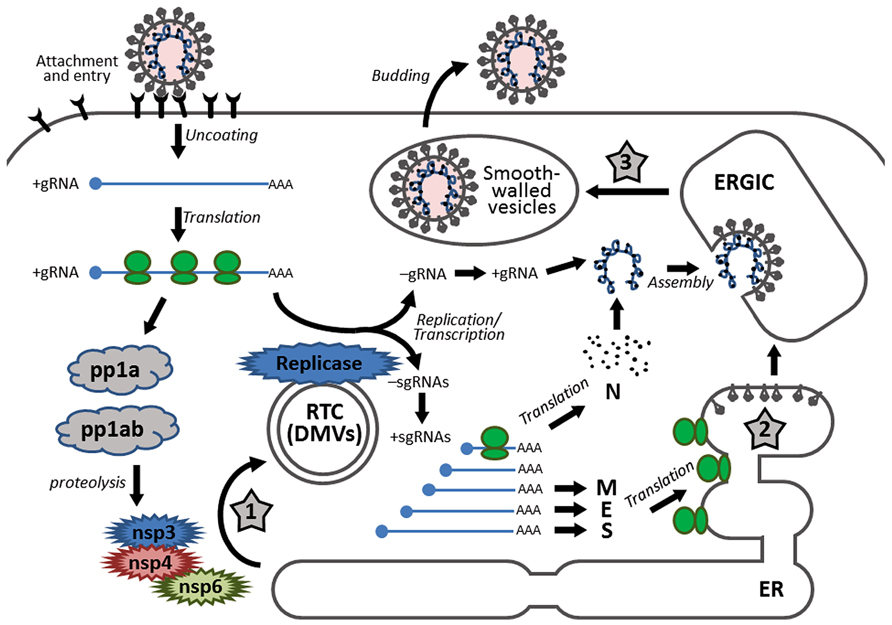
To read more about SARS-CoV-2 and the information scientists are uncovering, check out:
